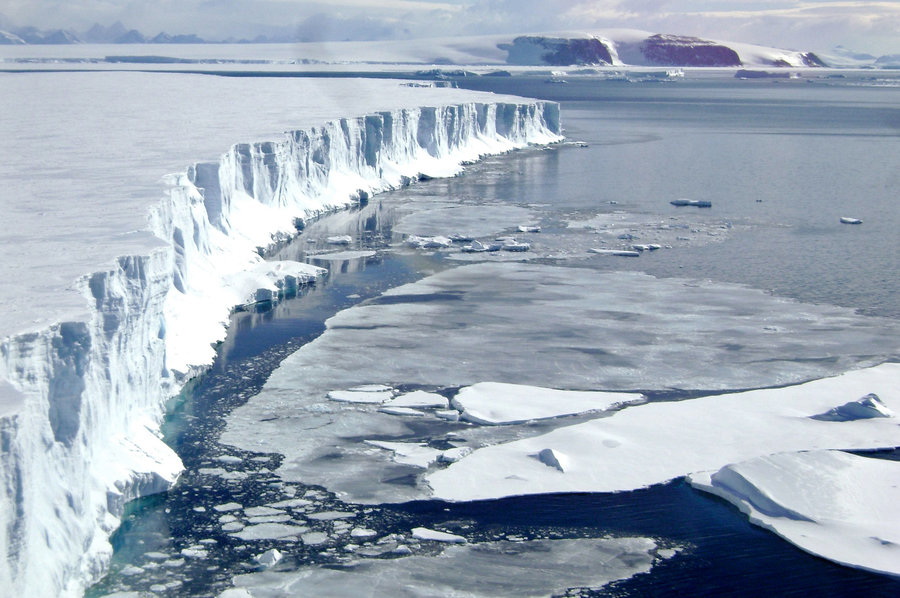New environmental research continues to alarm as three studies published within the past week amply demonstrate.

Danish scientists report a significant increase in winter rain over Greenland. The rain-induced melt refreezes forming a dark crusty layer which acts as a greater heat absorber than white fresh snow. After decades of more frequent winter rain, the snow-pack contains many such layers speeding up its melting under the summer sun.
Rain has also increased during the rest of the year and the average air temperature in the last three decades is up 1.8C in summer and 3C in winter. The warm moisture-laden winds from the south are not new but rising ocean temperatures mean their moisture content is greater. More clouds lingering longer form a blanket over the warm air bringing them, increasing the melt even after the rain abates.
It used to be that most of the loss of ice came in the dramatic form of large icebergs shearing off with thunderous cracks, and floating away on the sea. But satellite monitoring in recent years has shown that 70 percent of the loss is due to ice melt.
The 270 billion tons lost between 1992 and 2011 from Greenland’s 1.7 million square kilometers of ice has raised sea levels by 7.5 mm. The rest could raise it another 7 meters obliterating many island nations and submerging lower Manhattan and coastal areas. The eventual consequences are indeed alarming.
Also this week the Environmental Integrity Project, assisted by Earthjustice, concluded a study of ash pollution from coal-fired electricity generating plants across most US states. Using industry data recently made available through news regulations, they analyzed data from 4600 groundwater monitoring wells around the ash dumps of approximately three-quarters of US coal-fired stations. Their findings are disquieting.
The coal ash waste ponds are poorly and cheaply designed with less than 5 percent having waterproof liners, and most built to levels near or lower than the groundwater tables. It is not a surprise then to find 60 percent of the plants polluting the groundwater with dangerous levels of lithium (associated with neurological damage) and 52 percent with unsafe levels of arsenic, which can cause cancer and impair the brains of developing children. The worst ones have lithium at 150 to 200 times safe levels, cobalt, molybdenum, cadmium and selenium (lethal to fish) also at similar or higher levels.
The third study this week by Bangor University in Wales and Friends of the Earth has found microplastics pollution (pieces per liter) in all the ten sites studied: from pristine Loch Lomond (2.4) and Wordsworth’s beloved Ullswater (29.5) in the Lake District to the River Thames (84.1) and the awful River Tame (>1000) in Greater Manchester.
The scientist who coined the term “global warming” left a message for the world before he passed away at the age of 87 last month. He was the first to predict rising CO2 levels would be the cause at a time when many saw it as a boon to enhance forests, crops and produce.
The message he left calls for the world’s scientists to study and prepare extreme measures because our decision-makers are not confronting the problem and within a decade it will be too late. According to him creating a solar-shield will become vitally necessary. The general idea is a sulfur blanket in the earth’s atmosphere to stop the sun’s rays, a blanket that can be dispersed after the earth has cooled sufficiently. How this will be done is up to scientists and engineers unless nature obliges with another Mt. Pinatubo-like eruption.
Dr Arshad M Khan (http://ofthisandthat.org/index.html) is a former Professor based in the U.S. whose comments over several decades have appeared in a wide-ranging array of print and internet media. His work has been quoted in the U.S. Congress and published in the Congressional Record.
Courtesy: Counter Current